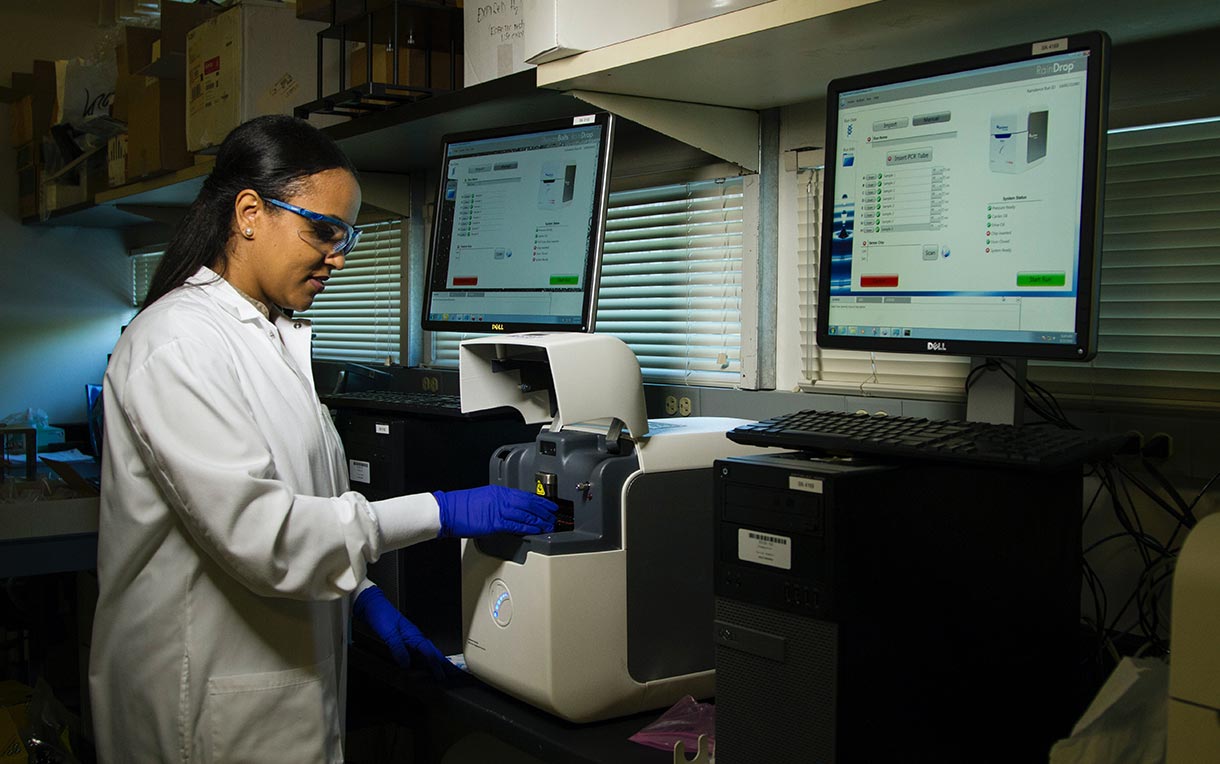

We developed a multi-transcript molecular signature for PCR-based blood analysis. NEN transcripts were identified by computational analysis of 3 microarray datasets and examined in 130 blood samples. Gene-based classifiers detected NENs in independent sets with high sensitivity (85-98%), specificity (93-97%), PPV (95-96%) and NPV (87-98%)...
Read Article

We have developed a PCR-based tool that measures a 51-gene panel for identification of gastro- enteropancreatic (GEP) neuroendocrine neoplasms (NENs) in peripheral blood. This manuscript assesses the robustness (performance metrics) of this tool with a specific focus on the effects of individual parameters including collection...
Read Article

We evaluated whether blood measurements correlated with tumor tissue transcript analysis. Regulatory network analysis, linear modeling, principal component analysis (PCA), and receiver operating characteristic analyses were used to delineate neoplasia ‘hallmarks’ and assess NETest predictive utility. Our results demonstrated...
Read Article

A critical requirement in neuroendocrine tumor (NET) management is a blood biomarker test that is sensitive, specific and reproducible. We evaluated the NETest detect tumors, compared it with chromogranin A (CgA) and examined the confounding effect of proton pump inhibitors (PPIs), which cause falsely elevated CgA levels. NETest...
Read Article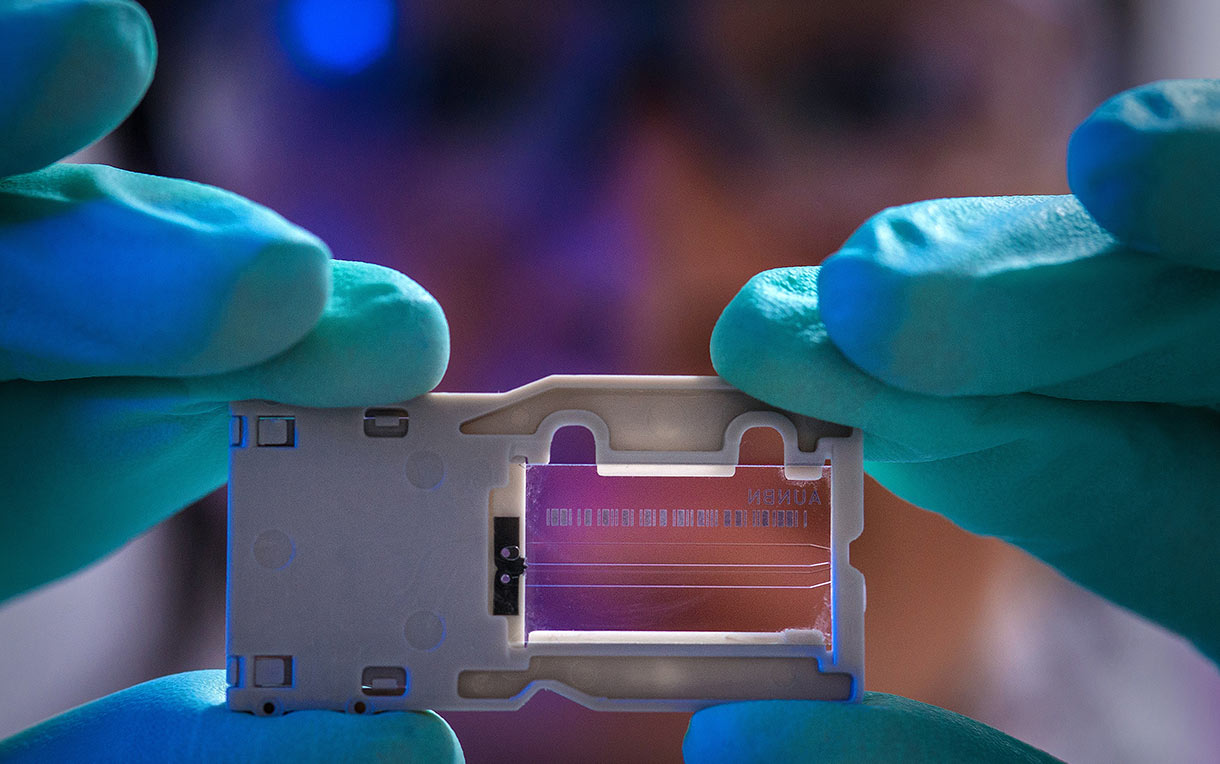

A critical requirement in neuroendocrine tumor (NET) management is a sensitive, specific and reproducible blood biomarker test. We evaluated the NETest versus chromogranin A (CgA), pancreastatin (PST) and neurokinin A (NKA). NETest was >92% accurate. CgA was 76% accurate, PST 63% accurate and NKA 39% accurate...
Read Article

This study demonstrates that a blood-based multianalyte NET gene transcript measurement of well-differentiated small intestinal and pancreatic neuroendocrine tumor disease is sensitive (94-98%) and specific and outperforms the current monoanalyte diagnostic strategy of plasma CgA (52%) measurement...
Read Article

Paragangliomas and pheochromocytomas (PPGLs) exhibit variable malignancy, which is difficult to determine by histopathology, amine measurements or tissue genetic analyses. We evaluated the NETest as a diagnostic and prognostic for these tumors. Circulating NET transcript analysis is positive (100% diagnostic) in well-differentiated...
Read Article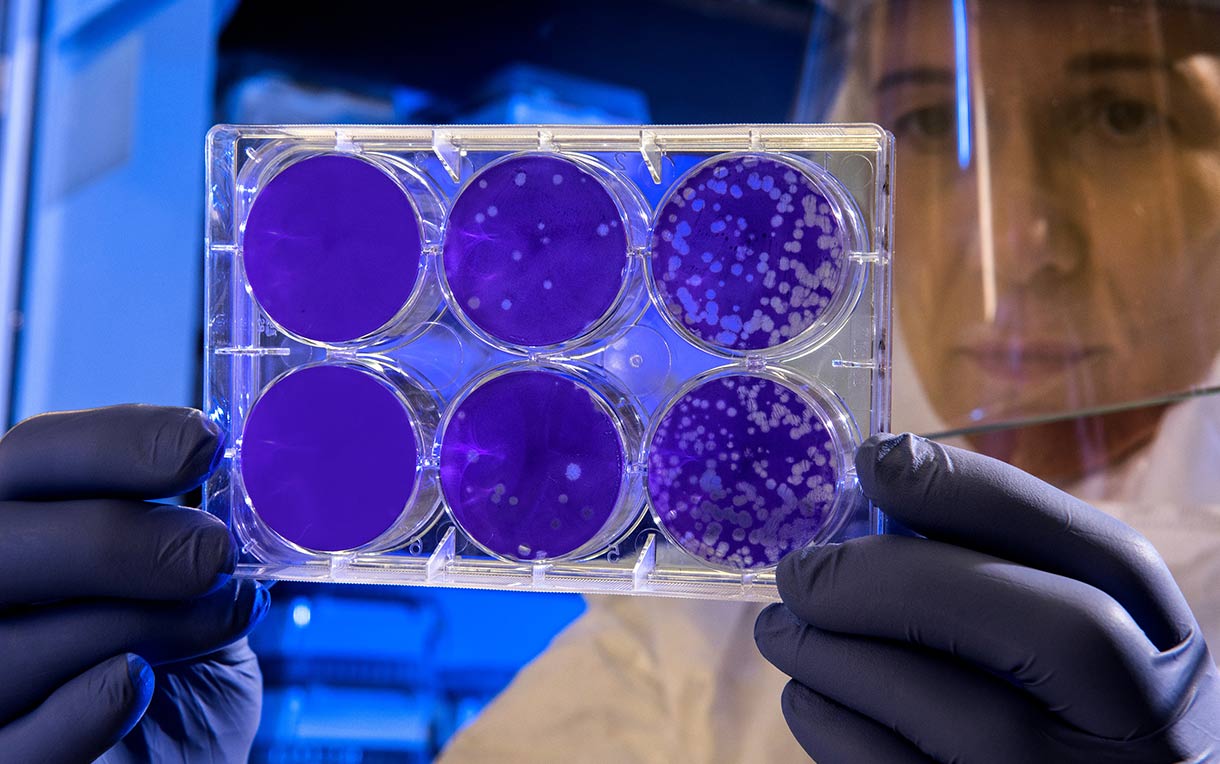

No effective blood biomarker exists to detect and clinically manage bronchopulmonary (BP) neuroendocrine tumors (NET). We the blood-based 51 NET-specific transcript set for diagnosis and monitoring and evaluated clinical performance metrics in BPNETs. All 51 genes were identified in BPNET transcriptomes, tumor samples...


The management of bronchopulmonary neuroendocrine tumors (BPNETs) is difficult, since imaging, histology and bio-markers have a limited value in diagnosis, predicting outcome and defining therapeutic efficacy. We evaluated a NET multi gene blood test (NETest) to diagnose BPNETs, assess disease status and evaluate surgical resection...
Read Article

A key issue in Gastroenteropancreatic neuroendocrine tumors (GEP-NETs) is early identification and prediction of disease progression. Clinical evaluation and imaging are limited due to the lack of sensitivity and disease indolence. We assessed the NETest as a predictive and prognostic marker of progression in a long-term follow-up...
Read Article

Spider plot identifying the changes from baseline. All three patients who continued to progress or developed progressive disease (arrows) exhibited a positive change in the NETest score. This who were stable or underwent curative surgery demonstrated a decrease in scores...
Read Article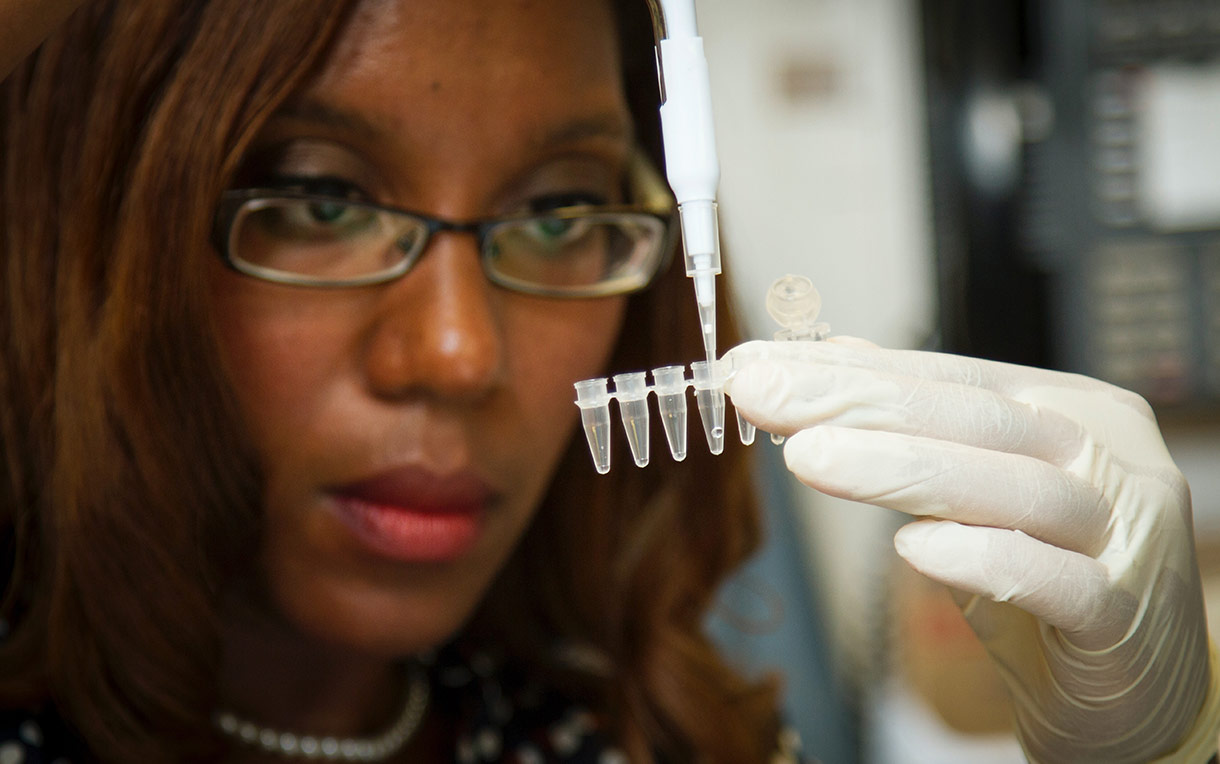

Clinical relevance of molecular biomarkers in oncology management has been recognized in breast and lung cancers. The NETest was evaluate for management of neuroendocrine tumor disease (NETs) in a real-world study (USA registry (RegisterNET: NCT02270567). The NETest was the only feature linked to PFS (OR: 6.1, p<0.0001)...
Read Article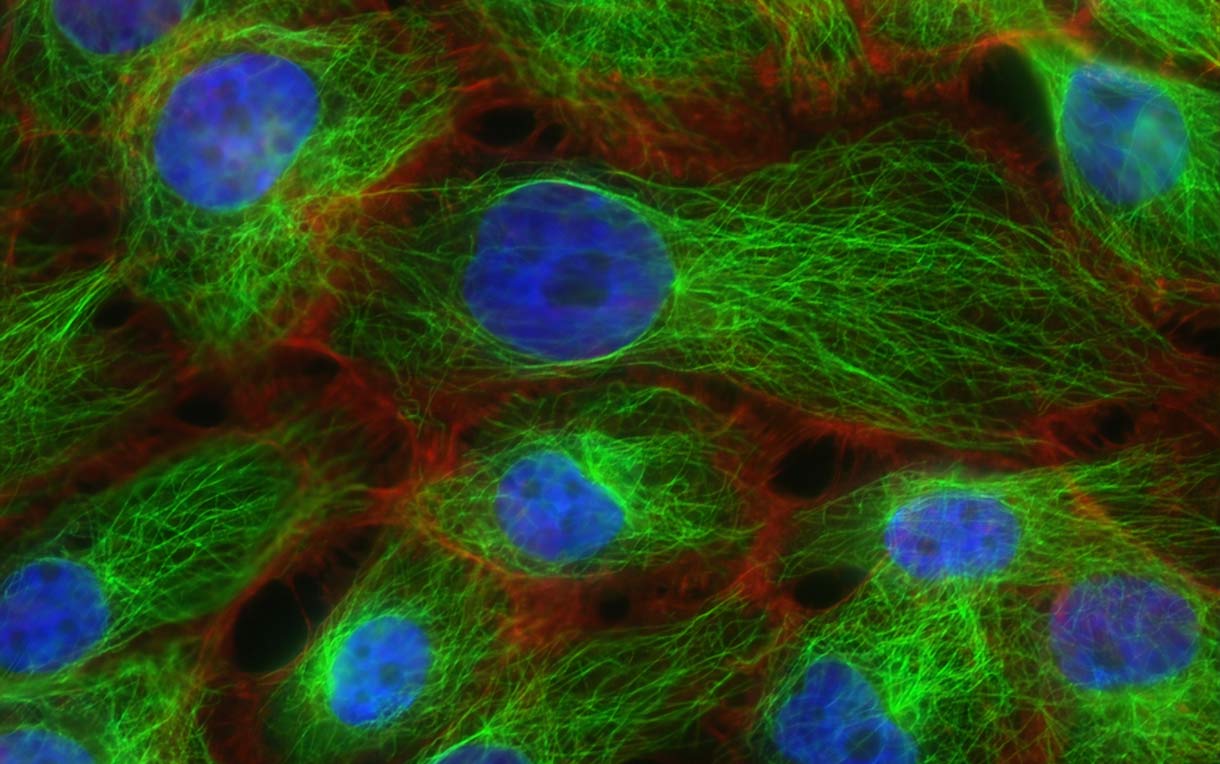

Early and precise delineation of therapeutic responses are key issues in neuroendocrine neoplasm/tumor management. Imaging is currently used but exhibits limitations in sensitivity and specificity. The utility of biomarkers is unclear. We evaluated the NETest in somatostatin analog-treated GEP-NETs and compared it to CgA as a monitor...
Read Article

We evalutated the NETest prior to PRRT, during therapy and at 3 and 6 months after therapy in 54 177Lu-treated GEP-NET. The NETest accurately correlated with standard morphologic and functional imaging and therefore with treatment response and outcome of therapy.
Read Article

Time prior to disease progression identified by imaging. A rise in NETest >70% occurred a median 1.62 years before imaging confirmation of tumor progression (failure of therapy). A rise in NETest >80% occurred a median 0.76 years before imaging confirmation of tumor progression (failure of therapy).
Read Article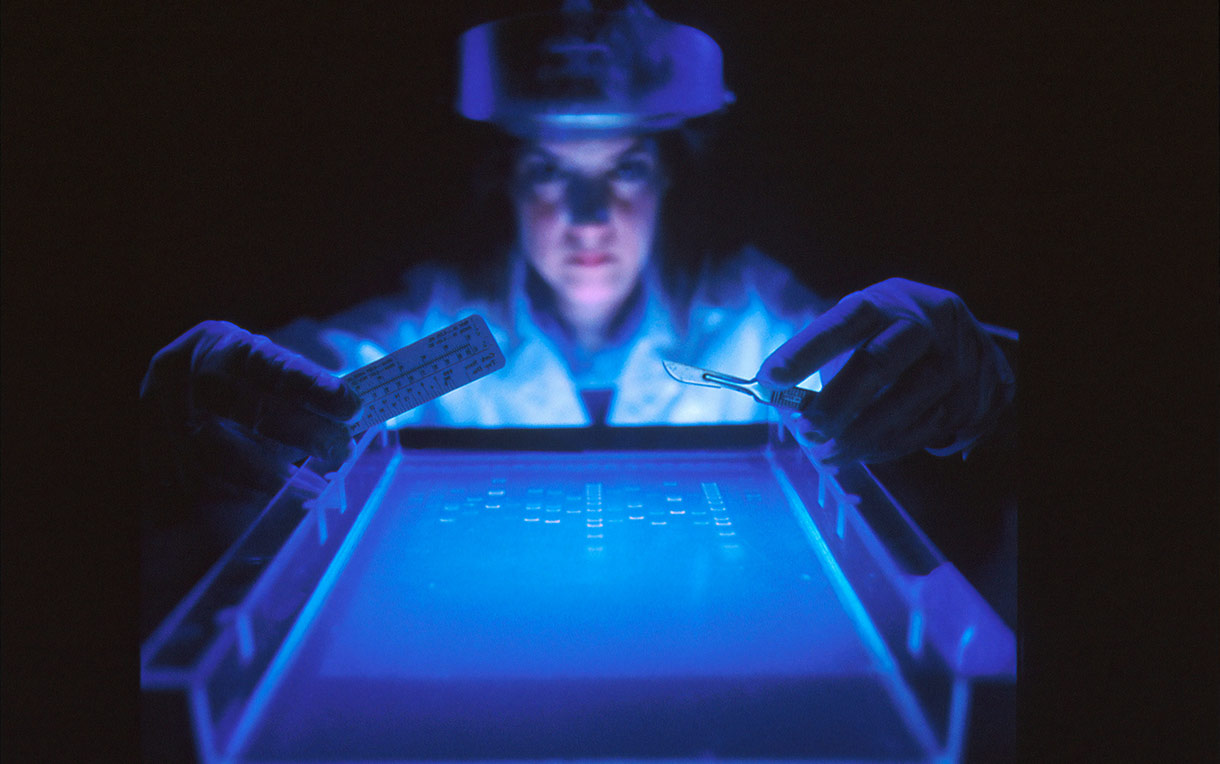

Relationship between NETest score and clinical management
A. In the watch-and-wait cohort, a low score was associated with in no treatment intervention in 93%. A high score led to a treatment intervention in 83%.
B. In the treatment cohort, a low score was associated with no change in treatment in...


Surgery significantly reduced NETest levels consistent with removal of the source of the circulating gene expression.
In those with surgical cures (NED – no evidence of disease), elevated levels after surgery predicted disease recurrence...
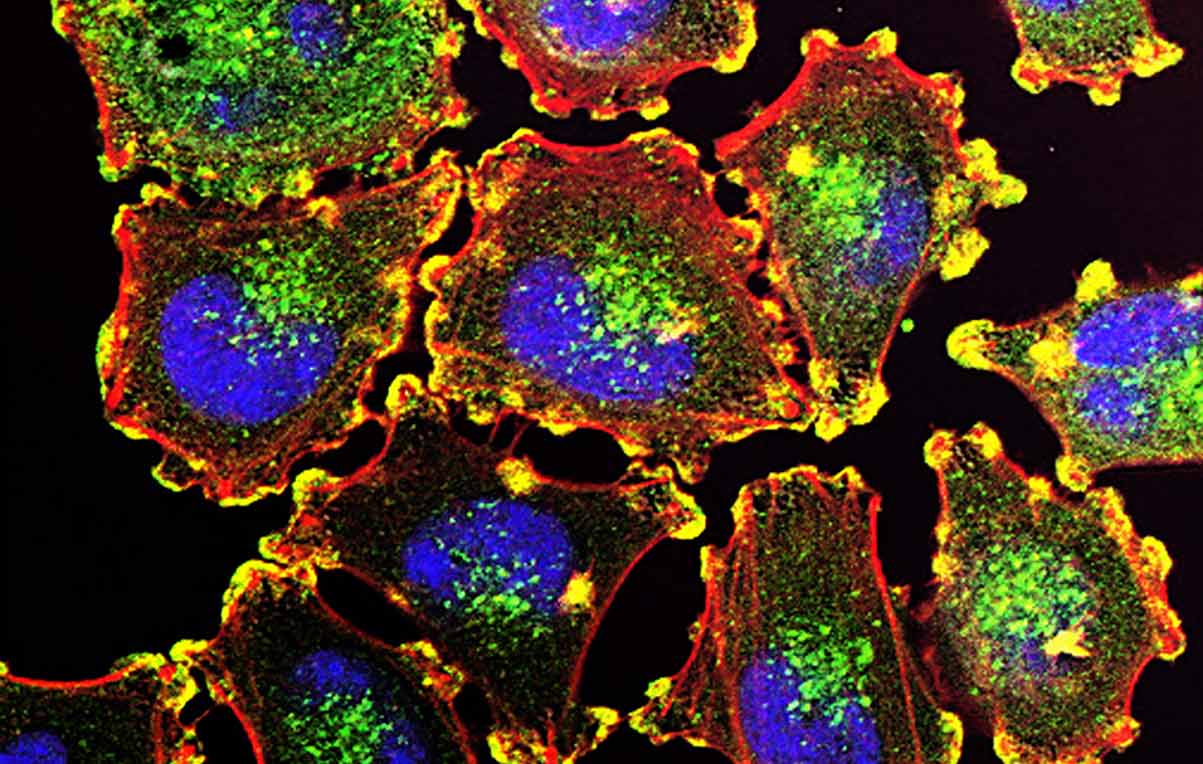

Current biomarkers used in BPNET management are single analytes and have a low utility, e.g., CgA (Chromogranin A) or NSE (neuron specific enolase). Histology and imaging have a high clinical utility. Imaging is especially useful in assessing disease evolution over time. Monoanalytes have minimal utility in assessing surgical...
Read Article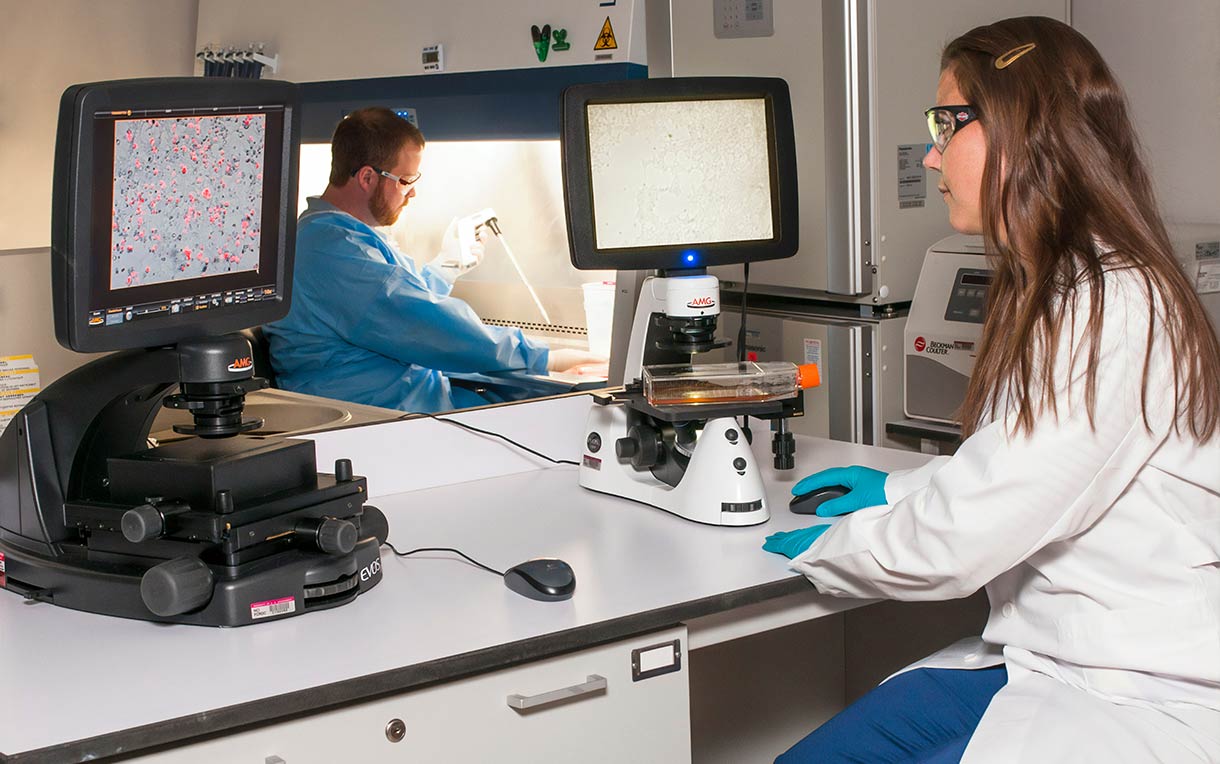

We developed a complementary diagnostic based on circulating gene expression measurements (Ome index) and grading which can be used to predict response to PRRT. The accuracy of this Prediction Quotient in this discovery cohort of 54 NETs was 94%...
Read Article

Patients with neuroendocrine tumors are increasingly treated with peptide receptor radionuclide therapy. However, somatostatin receptor expression evaluation cannot predict who will respond to therapy. Additional criteria to identity which patients are most likely to respond and those who will develop radiation-associated sequelae...
Read Article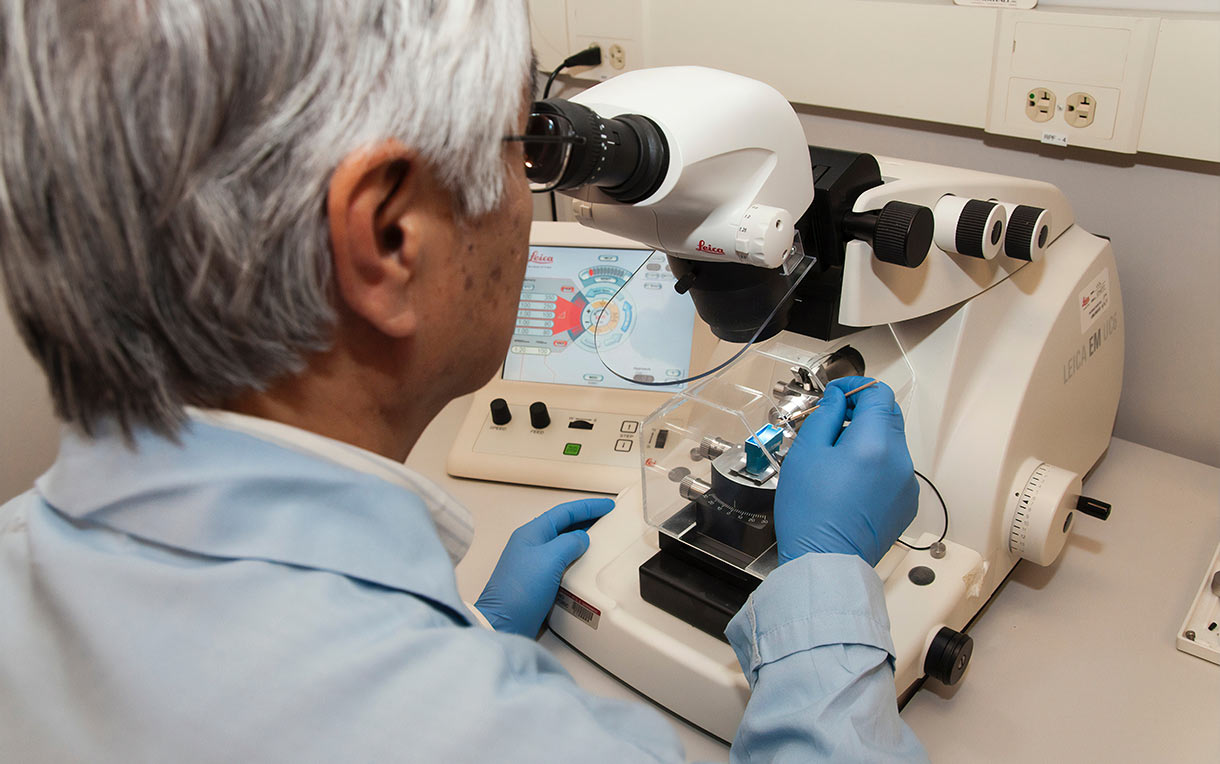

We validated the PRRT Prediction Quotient (PPQ) as a complementary diagnostic in two different PRRT cohorts. The accuracy of this Prediction Quotient in the validation cohorts was 95%. It was significantly more predictive and of more clinical better than either grade (70%) or elevated chromogranin A (50%). Other parameters like SUVmax and FDG...
Read Article